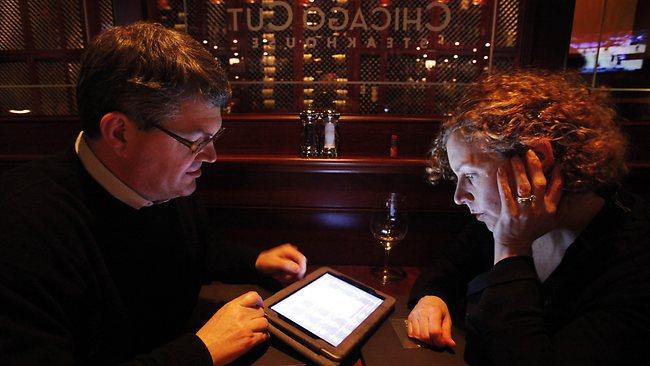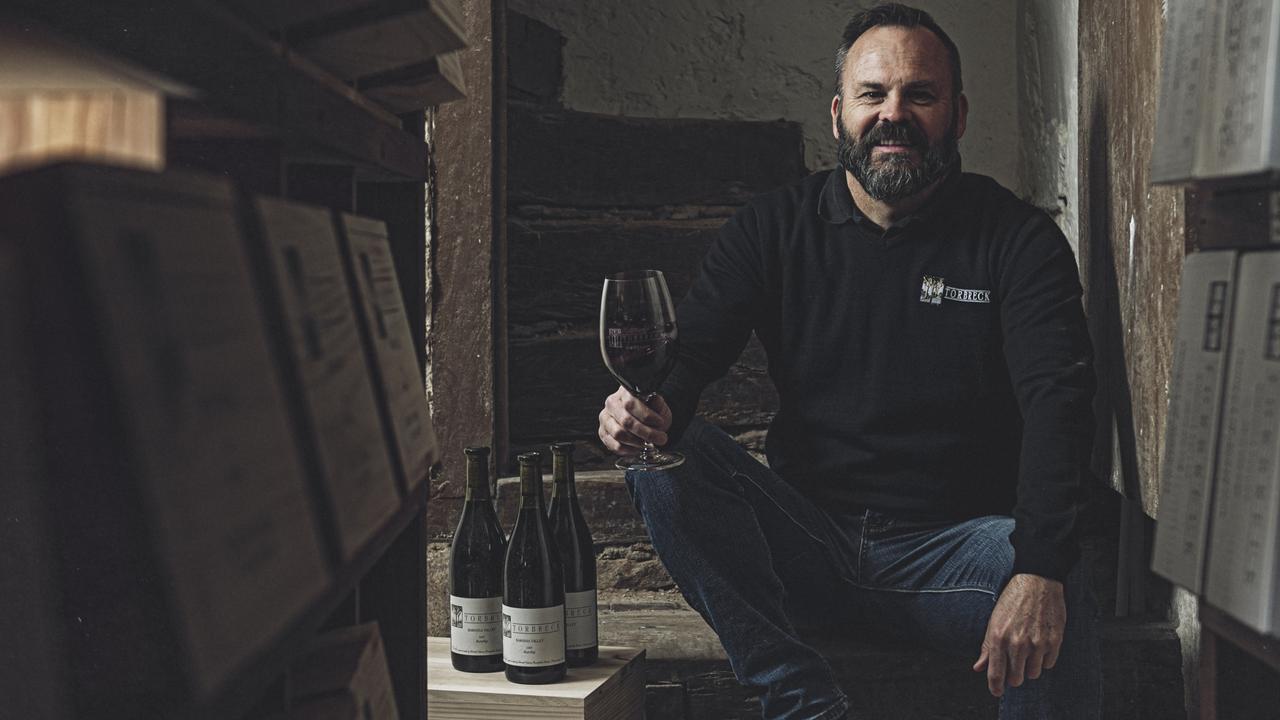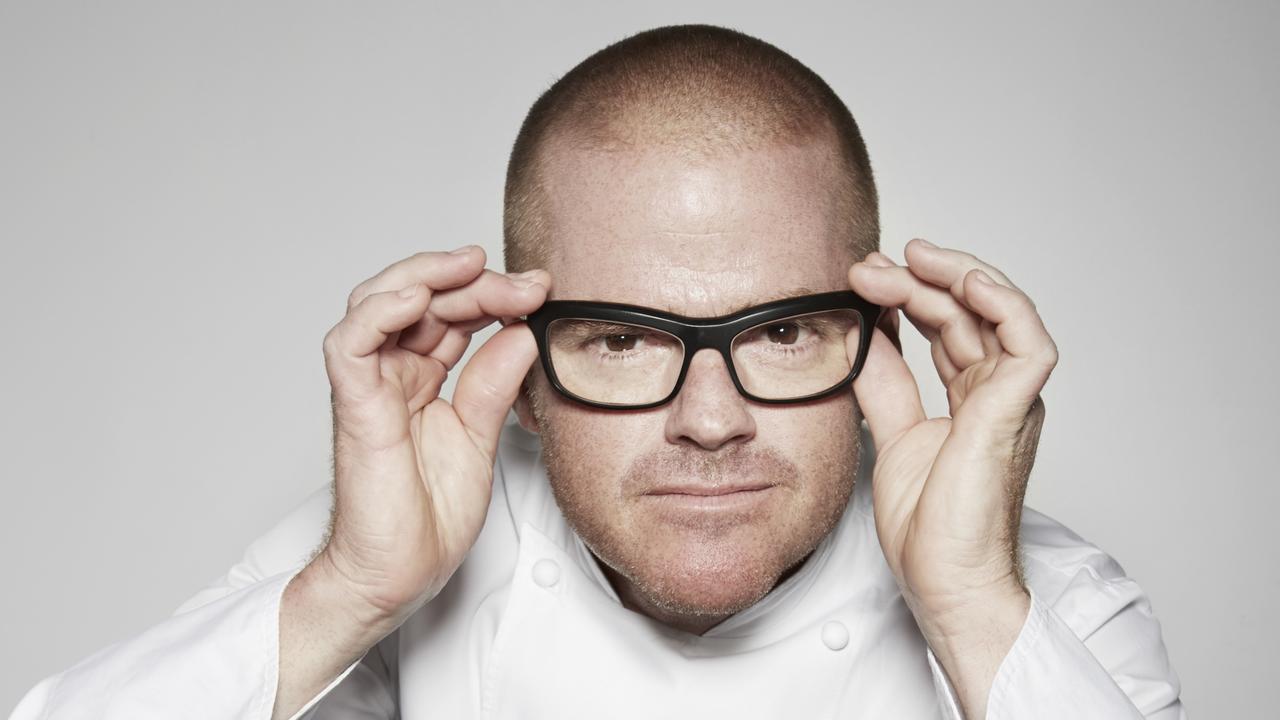Mobiles have changed dining experience
MOBILE devices are tipping the balance of power from restaurants to consumers.

OVER the many years I made my living as a restaurant critic, I dined out 5123 times, not counting the office cafeteria and numerous airport eateries that I described as "fast food served slowly."
Whenever people learn about my immoderate profession, they invariably ask, "How did you choose where to go?" My strategy was quite simple, at least in the unplugged 1980s: I asked around. Then came the World Wide Web, with its breathtaking search capabilities and lightning interactivity. This spawned all sorts of restaurant voting sites, as well as a nationwide upsurge of self-anointed restaurant reviewers sounding off around the clock, issuing so many contradictory opinions that they can be more confusing than constructive.
The past decade has seen many tech innovations when it comes to dining out, but no truly life-altering advancements - until now. Mobile technology is revolutionising the way diners interact with restaurants, for better and worse. While new apps are expanding, accelerating and streamlining the dining experience, the ubiquity of smartphones can eclipse some of the very reasons we eat out: relaxation, discovery, camaraderie and a fleeting escape from our machine-driven lives. In certain respects, mobile devices are also tipping the balance of power from restaurants to consumers - from "Take it or leave it" to "Do what we want, or 1232 friends will hear about it right now." To be sure, before long, smartphones will do everything short of plucking a mint at the coat check.
With mobile technology you can search endless options, cross-referenced every which way. All of the larger dining sites - Zagat, Yelp, Urbanspoon and Citysearch among them - have taken the mobile leap. As a result, dining decisions can be increasingly spontaneous, impulsive, collaborative and easy to change at the last minute. I have discussed this trend with restaurateurs where I live, in New York's Hudson Valley, and not all are sanguine about it. They are concerned that this freewheeling new approach could exacerbate every restaurateur's bête noire: no-shows.
As it is, on any weekend evening, a typical fine-dining establishment might expect 25 per cent or more of their reserved customers to blow them off, without even bothering to call and cancel. (This is why restaurants overbook.) Then again, reserving electronically can increase accountability. The online reservation service OpenTable, which has more than 28,000 member restaurants and seats more than 12 million diners a month, sends hand-slapping emails to no-shows, and deactivates users after four personal fouls in a year. Perhaps the biggest change in the mobile world is the way in which diners make their decisions. Not only do they search on the run, but they also digitally collaborate with friends in the process - cuisine by consensus.
If you haven't noticed, a lot more restaurants, particularly the hip and crowded, are not accepting reservations. There are two main reasons: It projects that something irresistibly exciting is going on, and tables turn faster, which boosts income. Previously, had you entered a Pamplona-like scene and been quoted a wait time of between an hour and infinity, you would have had two options: Stand around sipping overpriced cocktails, or just stand around. Now mobile apps like NoWait and Diner Connection allow you to check in at the front desk, leave your phone number, then linger wherever you like. The restaurant sends automated text messages updating your status, and guests can communicate with the restaurant in real time. So, if you are, say, having a jovial time of it at a nearby pub, you can push back the booking (or cancel it).
At some restaurants, digital tablets at tables allow one to order food and drinks without so much as consulting the waiter. This timesaving technology is being adopted primarily by casual or chain restaurants, where diners seldom need servers to expound on the laminated menu; it's unlikely we'll see this mode of ordering anytime soon in upscale institutions. "It doesn't work in my situation," declares Kevin Boehm, co-owner of the Chicago-based Boka Restaurant Group, which includes such luxe venues as Balena and GT Fish & Oyster. "When you lose the experience of ordering with somebody who can give you an intelligent answer, you lose, well, hospitality." The place where mobile ordering is gaining ground the fastest is in the carryout and delivery trade, with services like GrubHub and Seamless.
It's at the conclusion of the dining experience that the touch screen is likely to become a more common sight at a wide range of establishments in the next few years. Apps that allow customers to tally and pay their tabs electronically eliminate the process of having a server present the bill, walk away, return for the credit card and then ring it up in the back. Programs like Tabbedout and Cover are competing not only for the casual trade but also for upscale restaurants in situations where time is a concern (think business lunches). OpenTable is testing a mobile payment program in San Francisco with hopes of rolling it out by the end of the year.
Some apps advertise that they can automatically divvy up the check for groups of diners, avoiding the annoying back-and-forth over who had the extra margarita; most offer nifty ways to calculate tips. The question of what percentage is an appropriate reward for servers whose role might soon be redefined as "dish fetchers" is one that, as far as I am aware, no app has yet promised to tackle.
As someone who has happily nibbled his way around the globe, toting the kind of pad that needs no charging, it's easy to dismiss this mobile craze as the height of overkill - like roaring a Maserati to the corner deli. Truth is, back in those lower-tech days, I'd have loved to have had that tip calculator, and the ability to instantly check a waiter's math skills. And who needs lingering in the foyer?
You may not learn the waiter's name and hometown, but he's not going anywhere. Ultimately, no amount of technology will alter the immutable reality: that dining out is, above all, about fun. And what's not fun will sink like a dropped soufflé - something you can watch right at your table, on YouTube.


